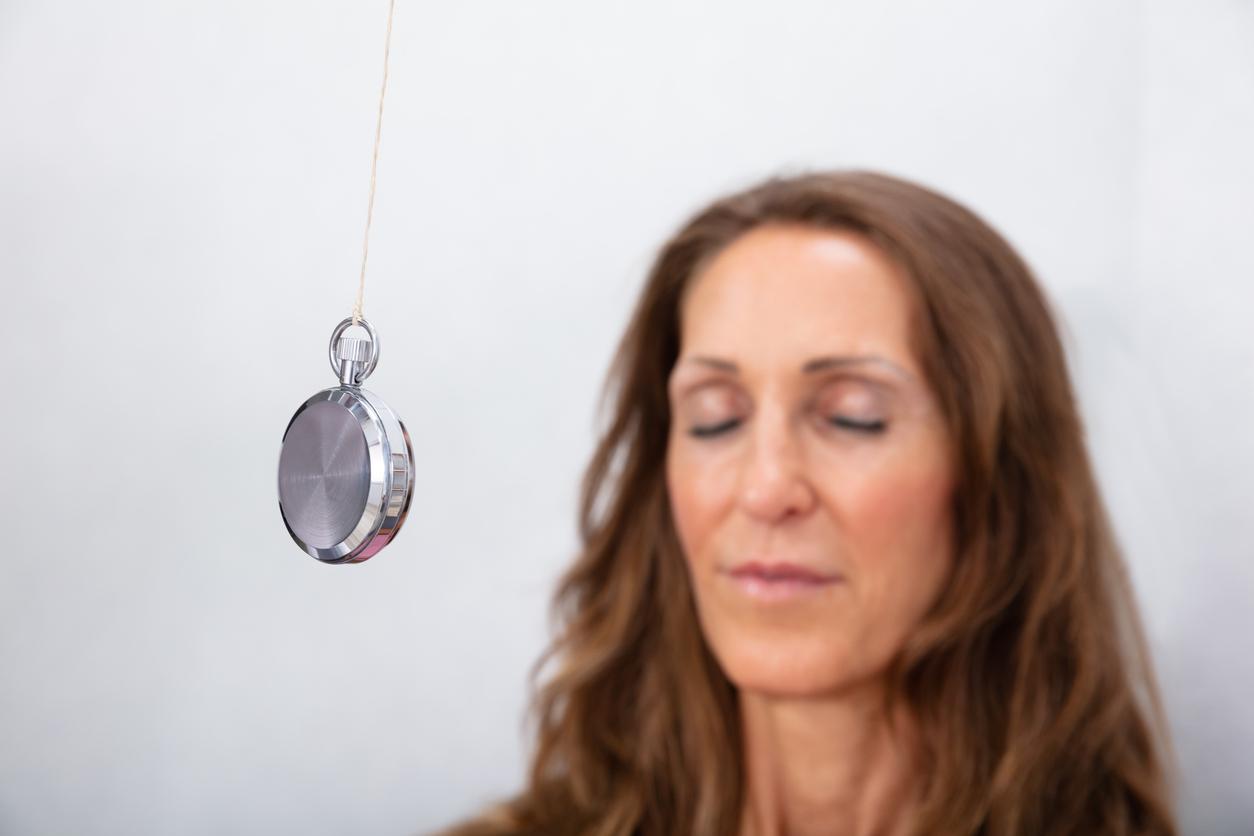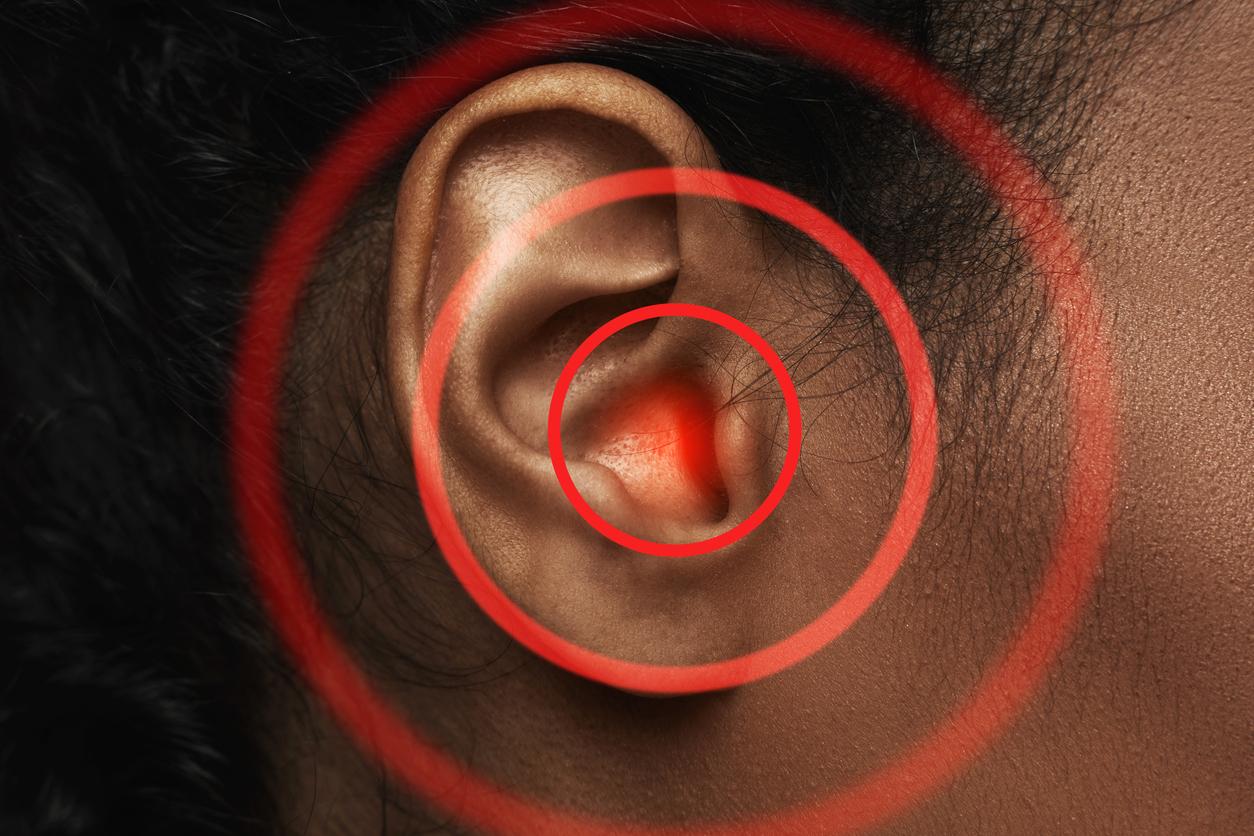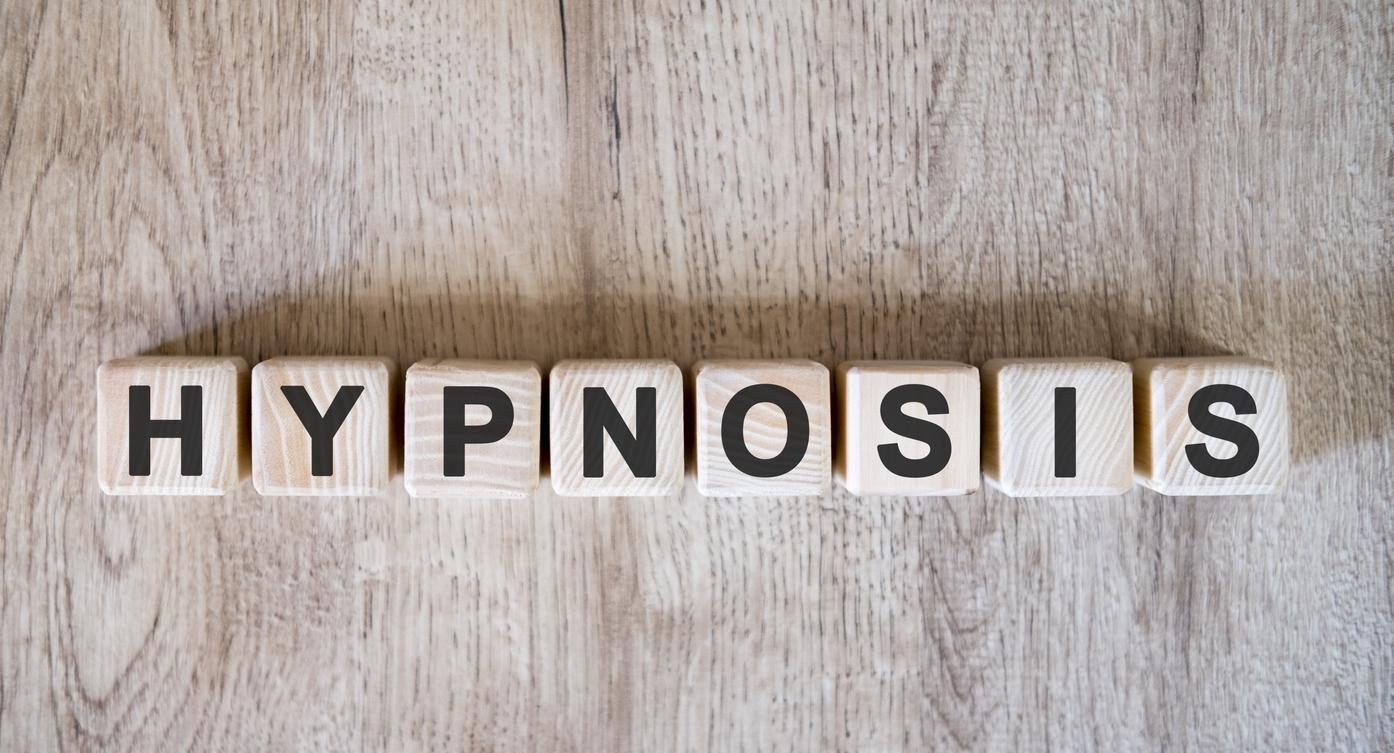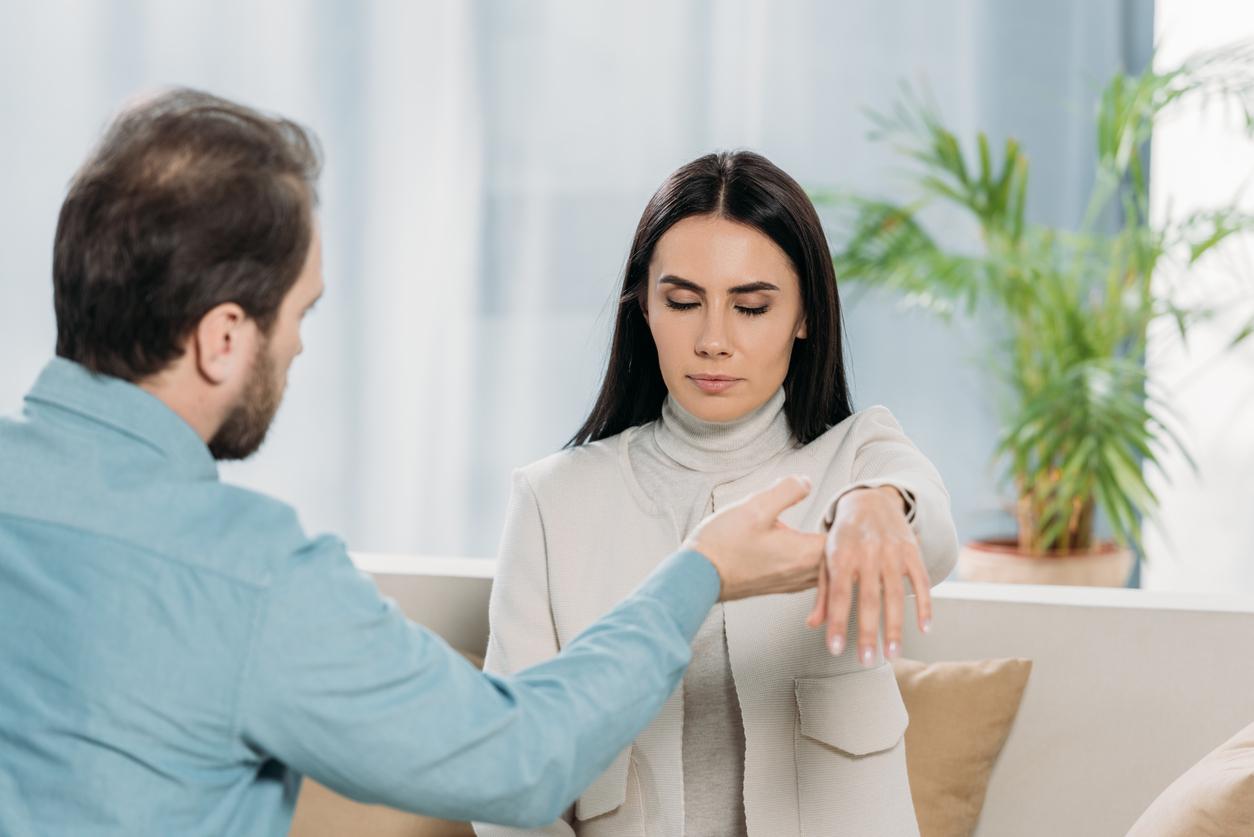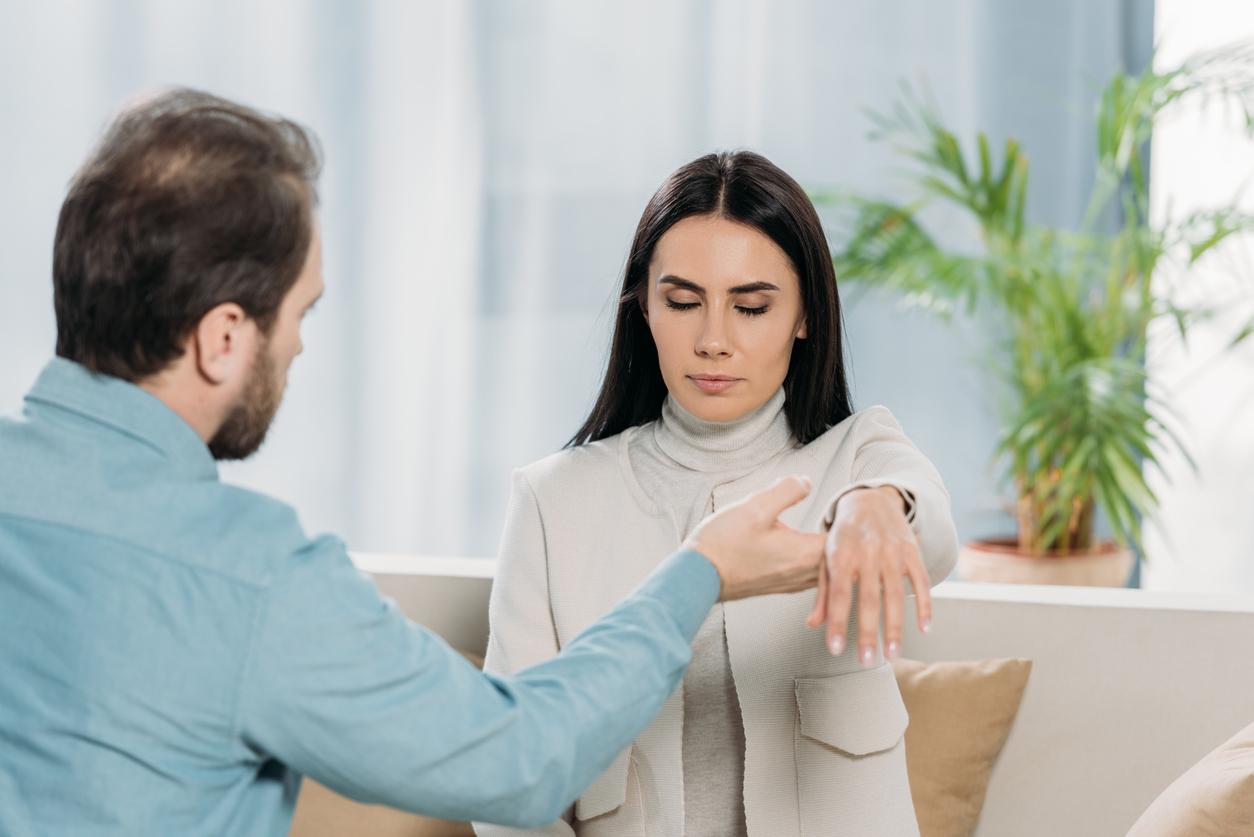This recent discipline, which appeared in Spain in 1960, is a sort of mix of hypnosis and yoga. It combines breathing, muscle relaxation and visualization of positive images. “It differs from the methods of relaxation purely physical by the fact that she learns to no longer be overwhelmed by her emotions, explains Catherine Aliotta, director of the Institut de formation à la sophrology. However, unlike hypnosis, which is purely psychic, it is a truly psychocorporal method, the two aspects counting equally. »
Sophrology allows you to relax and relieve stress through simple exercises. But it also aims to get to know oneself better in order to develop one’s potential.
The sophrologist makes suggestions, for example imagining a pleasant situation, a safe space… He thus aims, as in thehypnosis, to induce a change in the state of consciousness. Nevertheless, sophrology is generally practiced in a group (unless you want to work on a specific problem such as sleep disorders, anxiety attacks, etc.) and its objective is that everyone can appropriate the method, even if it requires quite a bit of training.
Is it recognized by doctors?
Created by a neuropsychiatrist, Alfonso Caycedo, for the patients of his service, sophrology was first used in the medical context (pain centers, dentists to fight against roulette phobia, midwives, sleep centers), before spreading as a tool for well-being and personal development. Studies have shown that sophrology is effective in many disorders: insomnia, anxiety attacks, back pain, stomach pain, addiction, asthma, etc. It even has positive effects on hypertension, diabetes attacks, multiple sclerosis or Parkinson’s disease. However, it is not necessary to be a health professional to train in sophrology. To ensure the seriousness of the therapist, check that he holds the professional certificate recognized by the State (since the end of November 2011) or that he belongs to a professional union (www.chambre-syndicale-sophrologie.fr).
>> To read also: Stress: why they all start sophrology









